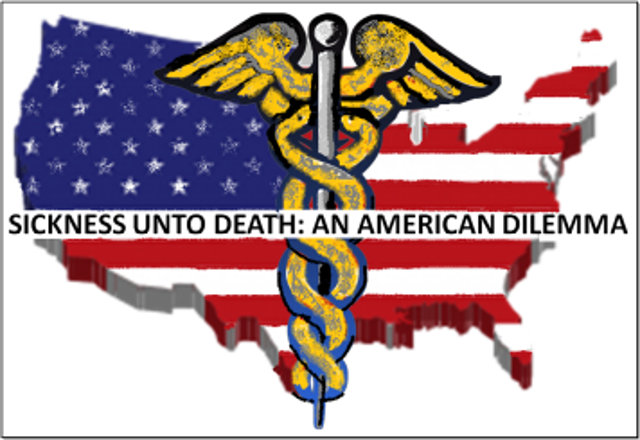Murphys, CA…We pay more for our health care — in some cases, twice as much as countries like France. Is it worth it? There can be no argument, however you want to analyze health care delivery and the value of outcomes, the American health care system is significantly more expensive than any other comparable system in the world. The US spends $9451 per person on health care. That is 121% more than citizens of Japan spend on health care. (OECD 2015). The next nearest country to the United States, in terms of health care spending, is Norway which spends $6567 per capita. In other words, the U.S. spends far, far more than other nations — and on a few very important measures is performing nowhere as well.

A Mixed Bag
Having said this, the United States is doing very well in some specific disease treatments. A massive study of 26 million patient records in 67 countries from 1995 to 2009 which was published in the highly regarded medical journal, The Lancet, showed that the United States, France, and Sweden had scored the highest remission rates among women with breast cancer. But for other types of cancer, the United States did not do as well. In the case of cervical cancer for the period 2005-2009, U.S. remission rates were below more than half of all European countries, as well as Nigeria, Cuba, and many Asian countries. (Allemani, et. al. The Lancet 2015).
A World Leader in Medical Research
There is no doubt that the United States is formidable in its pursuit of research of diseases and the basic sciences, but the execution of these competencies appears to fail when we apply them to those actually in need. An in-depth study by the Commonwealth Fund in 2010 concluded, “the U.S. fails to achieve better health outcomes than [six] other countries, and as shown in the earlier editions, the U.S. is last on dimensions of access, patient safety, coordination, efficiency, and equity. ” (Davis, et. al., Commonwealth Fund 2010).
But at What Price?
Is it for lack of effort? In 2006, Americans spent $2.1 trillion on health care products and services — a value equal to 16% of our national Gross Domestic Product. In 2017, we are expected to spend $4.6 trillion or 19.5% of GDP. (Kaiser Family Foundation). Even in constant dollars, that is a stunning number. But what is perhaps more shocking is that fully 50% of that increase is not due to more patients, better procedures, or even improved delivery — it is due from the rapid investment in and adoption of advanced technology — from proton beam radiation to future-edge genetic surgery.
Technology for Life
Americans love technology.”After all, that innovation has given us vaccines, antibiotics, advanced heart disease care, splendid surgical advances, and fine cancer treatments. And many diseases and crippling medical conditions remain that call for yet more innovation. The opposition to imposing controls on costs is politically more intransigent than the opposition to providing universal coverage.” (Daniel Callahan, Hastings Center Briefing, 2008).
We have more MRI machines per person than any other country except Japan — and we do far more (expensive) MRI exams and computed tomography scans than any other country at substantially higher prices per exam. And more revealing is that Americans take nearly 50% more prescription drugs than the French, at a cost double that of the U.K., Canada, and Australia. Poignantly, following the United States, Germany and Switzerland have the next highest cost per person for drug costs. These three countries account for having the headquarters of the pharmaceutical companies with the largest market share of drug sales in the world. (Commonweath Fund 2015).
[To be continued next week]
AUTHOR: John MacWillie is a native of Calaveras County, California. He graduated from UC Berkeley where he studied European history and bio-engineering. His graduate studies include economics and urban planning at New York University and philosophy at San Francisco State. He received his Ph.D. from the University of Leeds in the U.K. He worked for ten years in law enforcement policy and administration in New York City, spent nearly thirty years as a senior executive in the software industry, primarily in information security, and for the past twelve years has been teaching in undergraduate and graduate programs at California State University — East Bay in multimedia, art history, and criminal justice. He resides with his wife, an attorney, in Murphys CA.


